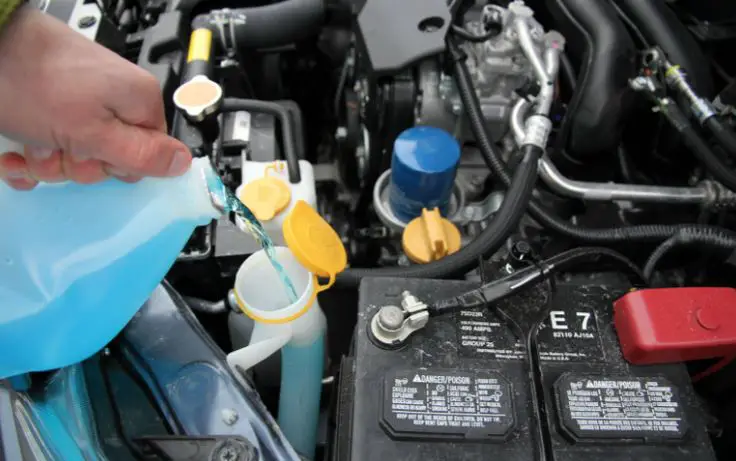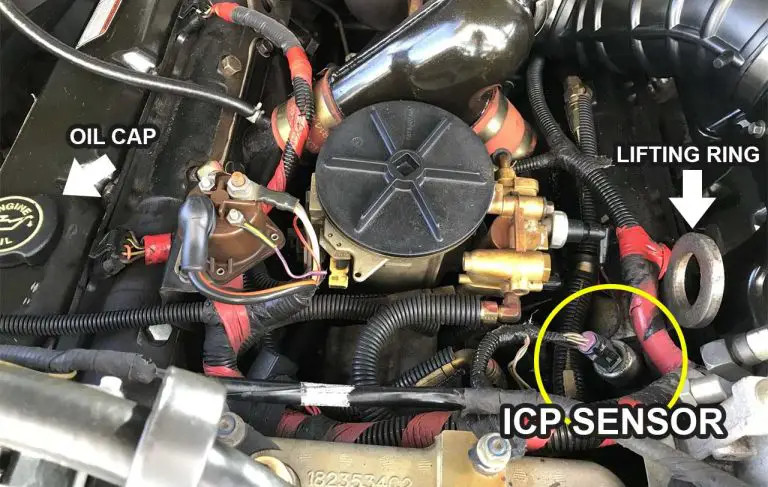Common Symptoms To Detect A Bad Fusible Link (Update 2023)
A fusible link is a critical component of a vehicle’s electrical system, serving as a protective device that helps prevent damage to wiring and other electrical components in the event of a short circuit or excessive current flow. When a fusible link becomes damaged or fails, it can have various implications for the electrical system and overall vehicle performance. Recognizing the symptoms of a bad fusible link is crucial in diagnosing electrical issues and preventing further damage.
In this guide, we will explore the common symptoms that can indicate a bad fusible link. These symptoms can manifest in different ways, affecting different electrical systems or components of the vehicle. By understanding these symptoms, you can identify potential fusible link problems early and take the necessary steps to address them.
Whether you are experiencing electrical failures, intermittent issues, or other electrical anomalies, being aware of the signs of a bad fusible link will assist you in troubleshooting and resolving electrical problems in your vehicle effectively.
What Are The Other Symptoms To Detect A Bad Fusible Link?
In addition to the common symptoms mentioned earlier, here are some other signs that can indicate a bad fusible link:
Electrical System Failure
A failed fusible link can cause a complete or partial failure of specific electrical systems in the vehicle. This can include the headlights, power windows, radio, interior lights, or other accessories. If one or more electrical components suddenly stop working or exhibit intermittent failures, it may be due to a faulty fusible link.
Blown Fuses
If you repeatedly experience blown fuses for a particular circuit, it could be a sign of a bad fusible link. The fusible link is designed to protect the wiring and prevent excessive current flow, so when it becomes damaged, it may cause fuses to blow frequently.
Burning Smell or Melting
A damaged fusible link can overheat, resulting in a burning smell or visible signs of melting around the link itself or in the surrounding area. If you notice any unusual smells or melted insulation near the electrical connections, it’s important to investigate and address the issue promptly.
Intermittent Electrical Issues
A bad fusible link can cause intermittent electrical problems, where certain systems or components may work sporadically or exhibit inconsistent behavior. For example, the headlights may flicker or dim, or the power windows may work only intermittently. These irregular electrical issues can be indicative of a faulty fusible link.
Visual Damage
In some cases, a fusible link may visibly show signs of damage, such as frayed or burned insulation, corrosion on the terminals, or physical breakage. Inspecting the fusible link visually can provide clues about its condition and help identify any issues.
What Should You Do After Detecting A Bad Fusible Link?.
After detecting a bad fusible link, it is important to take the following steps:
Identify the Fusible Link
Locate the specific fusible link that is causing the issue. Consult your vehicle’s owner’s manual or a wiring diagram to identify the location of the fusible link and its associated circuit.
Disconnect the Battery
Before working on any electrical components, disconnect the negative terminal of the vehicle’s battery to prevent accidental short circuits or electrical shocks.
Inspect the Fusible Link
Carefully examine the fusible link for any visible signs of damage, such as burned insulation, frayed wires, or physical breakage. Note the size and rating of the fusible link for replacement purposes.
Replace the Fusible Link
If the fusible link is visibly damaged or has been identified as the source of the electrical issue, it needs to be replaced. Obtain a new fusible link of the correct size and rating from a reputable automotive parts store or dealership. Follow the manufacturer’s instructions or consult a professional mechanic for guidance on proper installation.
Test the Electrical System
Once the new fusible link is installed, reconnect the battery and test the affected electrical system to ensure that it is functioning correctly. Check if the previously non-functional components are now operational.
Monitor for Proper Operation
Keep an eye on the repaired electrical system for any further issues or irregularities. If the problem persists or additional electrical problems arise, it is advisable to seek further diagnosis from a qualified mechanic.
Seek Professional Help
If you are unsure about replacing the fusible link or if the electrical problem persists after replacement, it is recommended to consult a professional mechanic or automotive electrician. They have the expertise and specialized tools to diagnose and address complex electrical issues effectively.
Is Replacing The Bad Fusible Link Typically Expensive?
The cost of replacing a bad fusible link can vary depending on several factors, including the specific make and model of your vehicle, the location of the fusible link, and whether you choose to replace it yourself or have it done by a professional.
In general, the price of a fusible link itself is relatively affordable, typically ranging from a few dollars to around $20, depending on the type and rating of the link. However, the cost can increase if you require a specialized or uncommon fusible link.
If you choose to have a professional mechanic replace the fusible link, labor costs will also be involved. The labor charges can vary depending on the mechanic’s hourly rate and the complexity of accessing and replacing the fusible link. It is advisable to contact a few different repair shops or electricians to obtain estimates for the specific cost of labor in your area.
Overall, while the cost of replacing a fusible link is generally not exorbitant, it is important to consider the potential additional costs if further electrical diagnosis or repairs are required. It’s recommended to consult with a qualified mechanic or automotive electrician to obtain a more accurate estimate for your specific vehicle and circumstances.
How Often Should You Inspect Or Service A Bad Fusible Link?
Unlike certain maintenance tasks that have specific intervals, such as oil changes or tire rotations, inspecting or servicing a fusible link is not typically part of a routine maintenance schedule. Fusible links are designed to be durable and reliable for the long term.
However, it is important to monitor the electrical system of your vehicle for any signs of trouble. If you experience electrical issues, such as malfunctioning components or intermittent failures, it is advisable to investigate and inspect the fusible links as part of the troubleshooting process. In such cases, the inspection or service of the fusible link would be performed on an as-needed basis.
Additionally, if you encounter any visible signs of damage, such as frayed insulation or physical breakage, during routine inspections or maintenance tasks, it is essential to address the issue promptly. This may involve replacing the damaged fusible link or seeking professional assistance to assess the extent of the electrical problem.
While there is no specific interval for inspecting or servicing a fusible link, it is important to remain vigilant and proactive in monitoring the electrical system of your vehicle. Pay attention to any electrical issues or visible damage and address them promptly to ensure the continued proper functioning of your vehicle’s electrical components.
FAQ:
1. What happens if the fusible link goes bad?
If the fusible link goes bad, it can lead to electrical issues in the vehicle. This can result in the loss of power to specific electrical components or systems, blown fuses, intermittent electrical problems, and potentially even damage to the wiring or other electrical components.
2. How do I test a fusible link?
To test a fusible link, you can visually inspect it for physical damage, perform a continuity test using a multimeter to check for a complete circuit, and conduct a voltage drop test to assess its performance under load. These tests help determine if the fusible link is functioning properly or needs replacement.
3. What causes a fusible link to burn?
A fusible link can burn or melt due to excessive current flow or a short circuit in the electrical system. When the current passing through the fusible link exceeds its rated capacity, it generates heat that can cause the link to burn. This can be caused by a fault in the wiring, a malfunctioning component, or an electrical overload. In some cases, external factors such as corrosion, overheating, or physical damage to the link can also contribute to its burning or melting.



